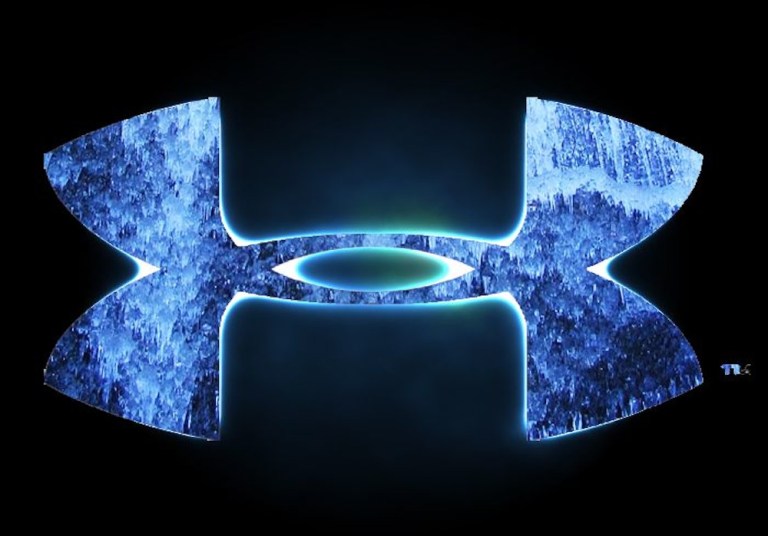
Under Armour came almost out of nowhere to become the world’s third-largest sportswear brand, trailing only powerhouses like Nike and Adidas.
But what goes up faces a very real chance of coming down, and UA now faces changing customer preferences, price undercutting by its larger rivals and a slew of new players to the field. By the numbers, that has meant a 36 percent stock slide in 2017 for the firm.
Which means founder Kevin Plank is returning to the ad slogan that built the company: “We must protect our house.”
So, how to protect the house?
New blood might help. After posting its second quarterly loss in a row last week, new talent has come in at the top — which means 280 employees have been laid off at levels lower than the top.
Plus — as we’ve heard before — Under Armour isn’t losing money, it’s growing.
“We’re admittedly making less money, but we’re using that money to invest in our business,” Plank said in a conference call last week with investors. He later added: “The terrain has changed, and so must we.”
Under Armour managed to carve out a niche with young professional — often male — workout enthusiasts with its tight fitting “compressions gear.” But since Under Armour’s successful IPO a few years back, rivals have caught on to compression wear of their own — but have started pricing it below Under Armour’s aggressive levels.
Plus, Under Armour has a distribution problem — the big box athletic stores that tended to carry their brand are folding in the digital shopping era.
“Really every vendor that sells into that [distribution] channel is seeing the repercussions of that bankruptcy,” said Camilo Lyon, managing director at Canaccord Genuity investment bank.
Under Armour isn’t alone, of course — Nike has felt the bite of shifting retail buying preferences to digital channels, but Nike has the benefit of global scale to help even out those results. Under Armour is mostly U.S. only, and “there was way too much reliance on the U.S. wholesale channel,” said John Kernan, an analyst with Cowen investment bank. “When that music stopped, the company’s growth profile dramatically slowed.”
The firm is working on a turnaround, upping its presence in China where it hopes to net $1 billion in sales by 2020.
Under Armour also faces changing customer tastes, as “performance” attire is less popular than it was even a short time ago. For example, market research firm NPD Group saw that U.S. sales of basketball products declined by a whopping 23.6 percent between 2016 and 2017. That followed an 18 percent drop between 2015 and 2016.
Growth in the market is now found in retro and casual clothing and shoe lines – think Pumas and Skechers. Nike has a retro catalog to go back to. Under Armour…not so much.
“Under Armour is a newer brand, and they don’t have enough history to compete in this very ’90s-driven market we’re in right now,” said Erinn Murphy, managing director at Piper Jaffray investment bank.
But UA is determined to fight its way back into a dominant position, 90’s nostalgia trend be darned.
“It’s been a fight since Day One. It was a fight to get to $1 million and to $1 billion and $5 billion,” Plank told investors in a rallying cry that seemed eerily reminiscent of Under Armour’s early TV spots. “Make no mistake: We are squarely in it. We are in this fight.”